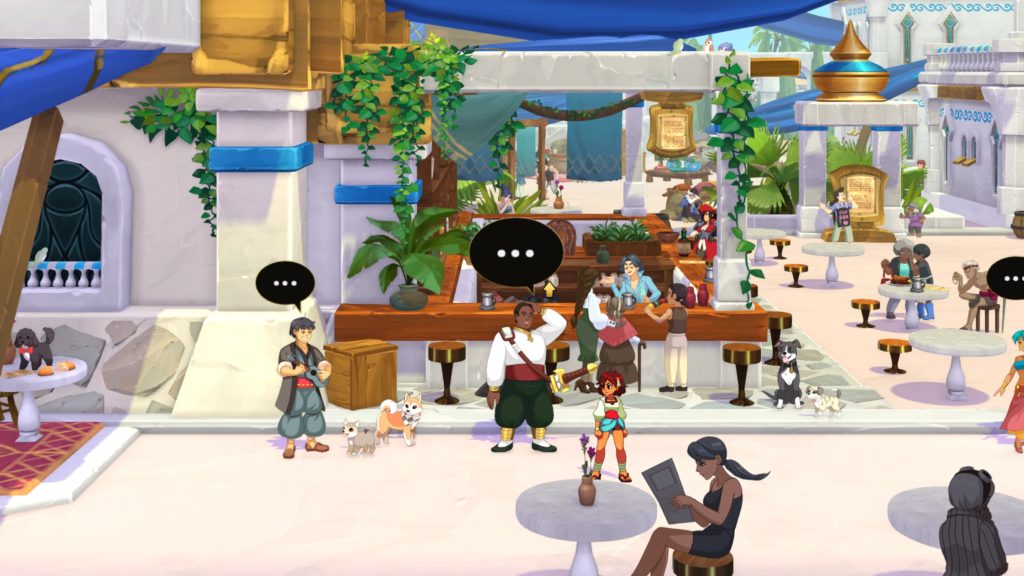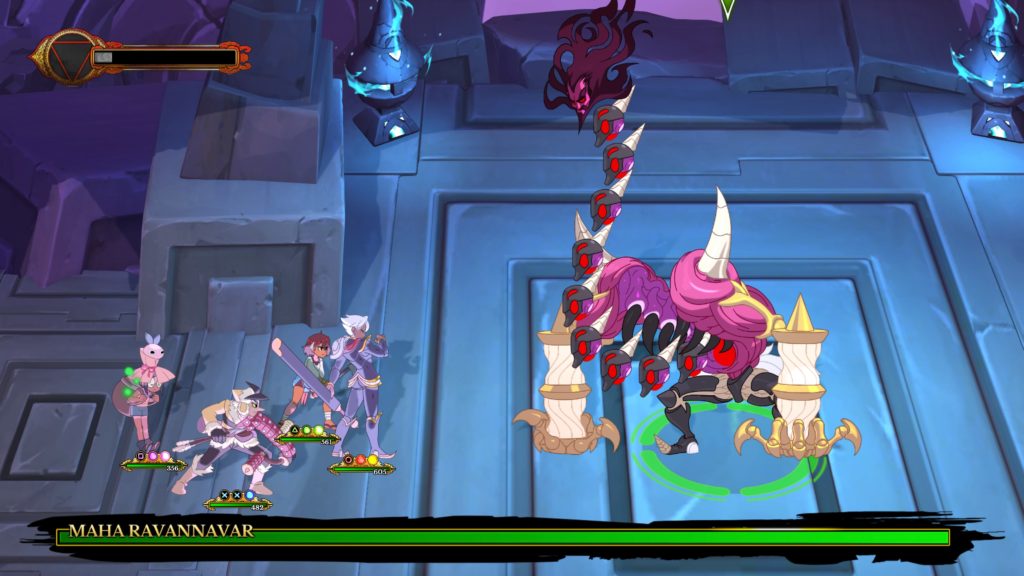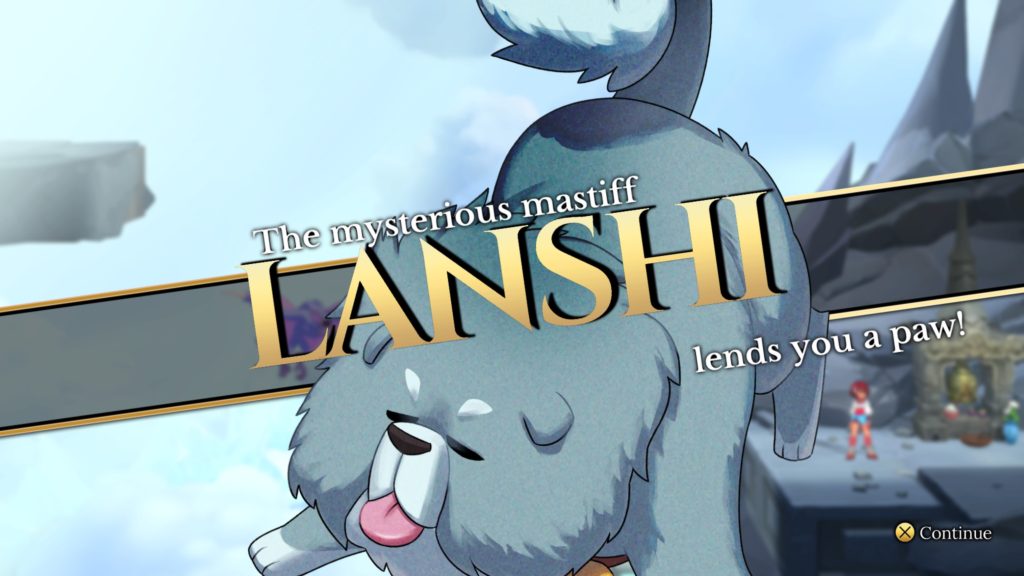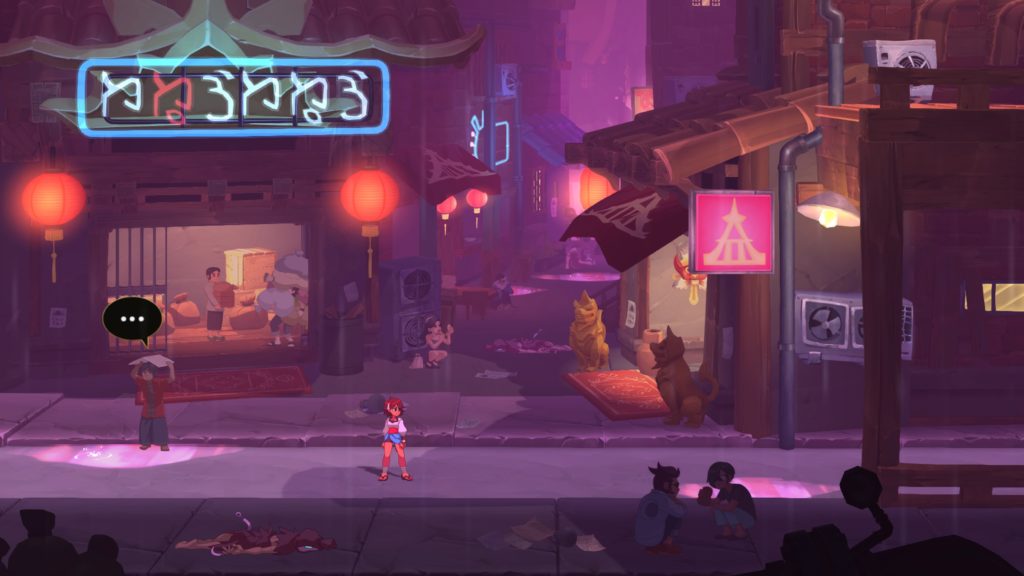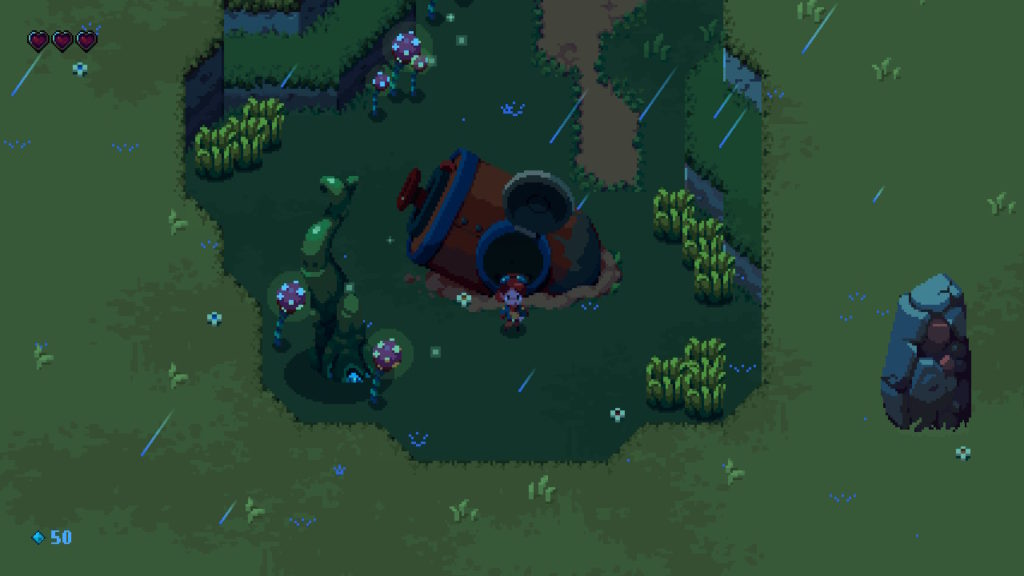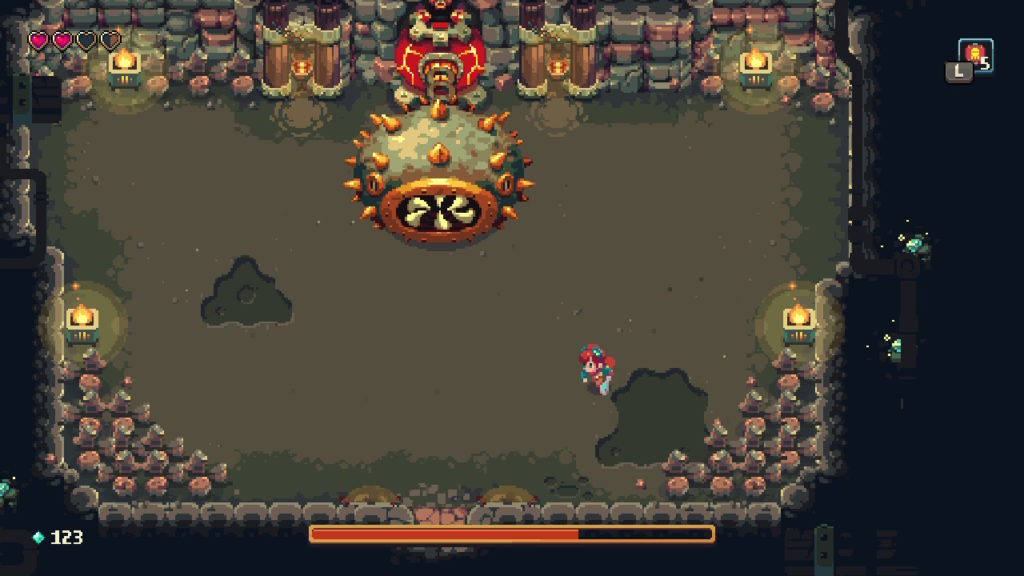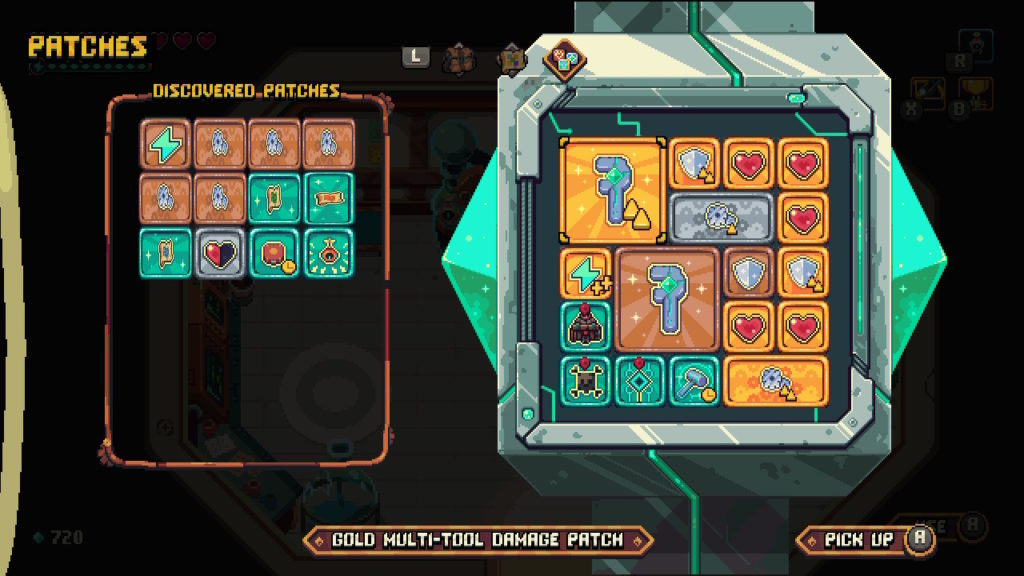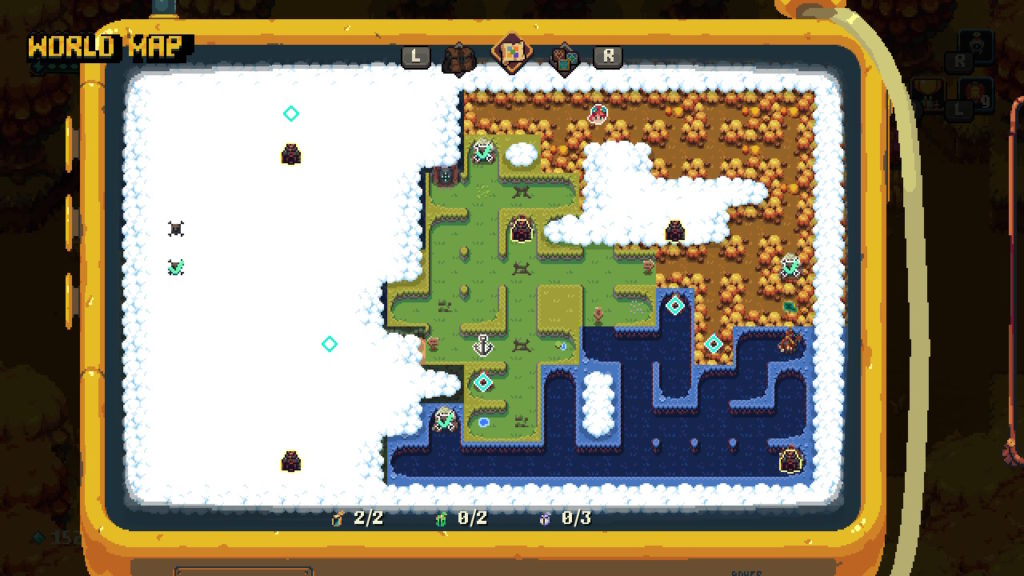- Genre: Action
- Platform: PS4
- Also Available On: Windows, Xbox One
I’m honestly a bit surprised that I really enjoyed this game. In general, I’m not a huge fan of the Souls games. I generally don’t have the patience for the slower methodical combat style that those games have, and just end up getting my ass handed to me. This game isn’t really much different in that regard, but it played just enough into the power dream of being a Jedi to push the Souls combat into a slightly quicker and twitchy pace to a point where that balance between speed and patience really clicked for me.
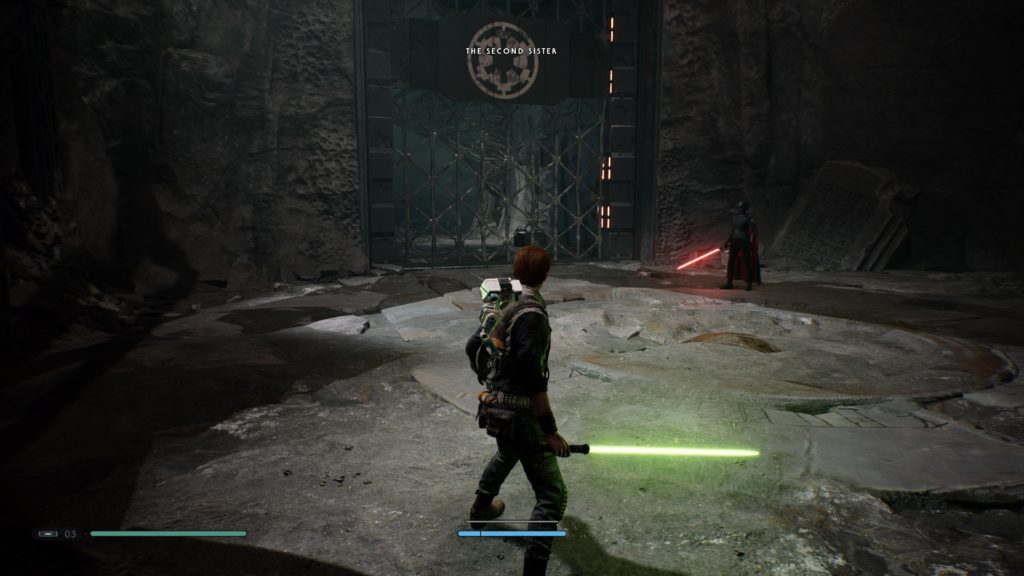
At its core, combat in this game is fairly similar to Souls. Attacks and movement have a significant amount of heft to them, and poorly timed attacks or lack of defensive maneuvers can result in a whole lot of your health bar disappearing in one hit. However, you do have some fun Force helpers at your disposal. Force push and pull are there to mess around with enemy balance, and in some cases throw them straight off of cliffs. Some Force-based heavy attacks provide a nice burst of offensive output at key times. However, it was the combination of Force slow and a very lenient dodge that gave the combat the feel that I needed.
In general, if I were to pick between parry-based and dodge-based combat in an action game, I will always go dodge-based. Something about the physicality of moving the character to defend feels more intuitive to me than trying to grok the timing of parries. Fallen Order definitely followed that pattern. There were some fights where I was able to parry fine, but something about the scale of the fighters combined with the camera angle really screwed with my ability to time parries a lot through probably the first half of the game. While I was able to be decently effective with it by the end of the game, dodging was still the way I generally played.
Not that that always went as planned…
Exactly how I meant that to go.https://t.co/9ZBnvcYUmf pic.twitter.com/ZSiwRYPSq6
— Dan Weiss (@schenksmill) January 1, 2020
Luckily for me, that was also a way that the game was tuned. There’s skill tree bonuses in place for properly timed dodges. There’s some skills around doing quick dodges with secondary kicks to knock enemies off guard. With hard lock in place, dodge rolls keep you in range of the enemy, allowing for a consistent way to circle around to the side or back of enemies to lay in some attacks. In general, the dodge was also much more lenient than Souls around the dodge being triggered quickly within the window after my attack. It just ended up feeling slightly more gamey than Souls, but in a way that felt fairly believable BECAUSE you’re playing as a Force-wielding Jedi.
In general, the exploration aspect of the game also gave me a lot of leeway to grow my character in a way that made the game a lot more safe. There’s a bit of a Metroidvania aspect to the game, where going back to worlds that have been completed still offers new paths and new secrets to collect as your power set grows. A lot of these are cosmetics, but some of the secrets are really part of the player’s power curve. There’s your upgrades for the player’s health and Force meters. However, the most important one is the health stim upgrade. Health stims are basically the health potions of the game, but they automatically recharge when meditating at save points. For a player looking for a real challenge, these can be easily avoided. However, for impatient jackasses like me, these are invaluable.
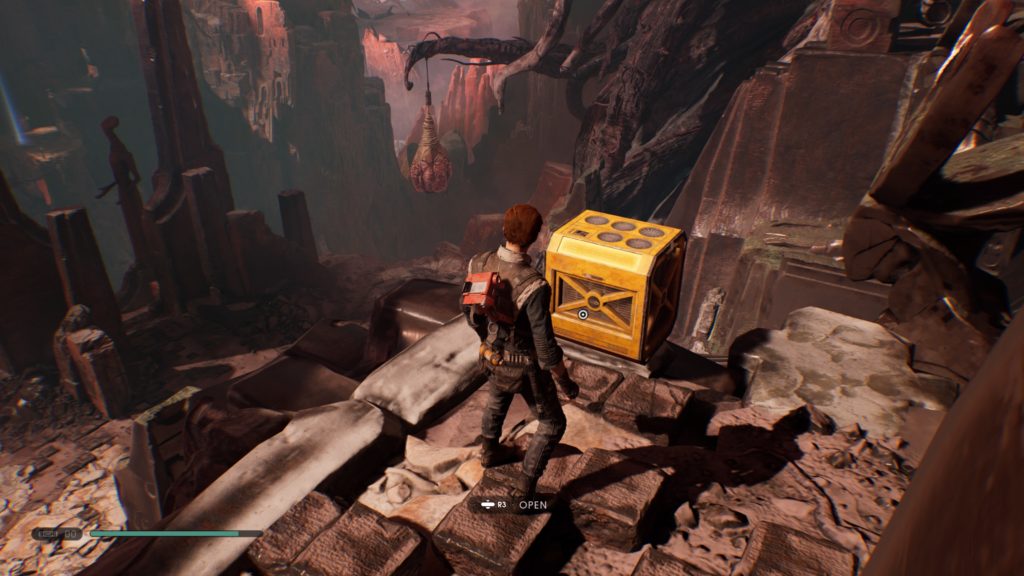
The health stim upgrades provide both important health for getting through bosses in a more safe manner without having to do a bunch of redos, but they also gave me a lot more freedom to explore for long periods of time without worrying about where my next save point would be. They’re also tied into some helpful skills, where their effectiveness can be improved, and their ability to also heal the force meter can be added. This specific upgrade path was probably the single factor in my enjoyment of the game, as it provided an optional way for me to tune the overall difficulty of the game in a way that I enjoyed, without the game really having to simply be balanced around babying players like me.
That’s not to say that combat always entirely worked out well. There were a number of spots where the combat arenas were simply too small against some heavier enemies, so I would spend a bunch of time fighting the camera instead of fighting the enemy. Overall, the combat in place also felt like it started to really fall apart when I started getting above more than 2 or 3 people. This is a great 1 on 1 combat system, but trying to fight multiple melee people while also trying to deflect blaster beams back at ranged enemies just feels like a hectic chore, rather than a cool Jedi power trip. Where it probably wanted to be something akin to the Arkham games, it definitely fell flat. It doesn’t really have the enemy AI attack queuing or the good parry timing tells of that game to really handle a multi-enemy combat scenario in a clean fashion.
The rest of the experience was simply the fun of being a Jedi. The force powers used in combat are also used for traversal. It will always be fun to force pull a rope at me, do a double jump over some gaps, and land light saber down in a Stormtrooper’s skull. It will always feel badass to deflect blaster rounds back at a ranged guy trying to take you out from a ledge. It will always be incredible to fly into Kashyyyk and have a Wookie yelling indecipherable things at you. It was also always fun to try and spy out the little secret areas and find out what might be hiding in that crate around the corner. In general, the game plays a really good balance in being in-combat and being in-traversal, so I was generally able to get the down time I really wanted, while still being able to play that experience of being a ridiculously cool Jedi running all over.
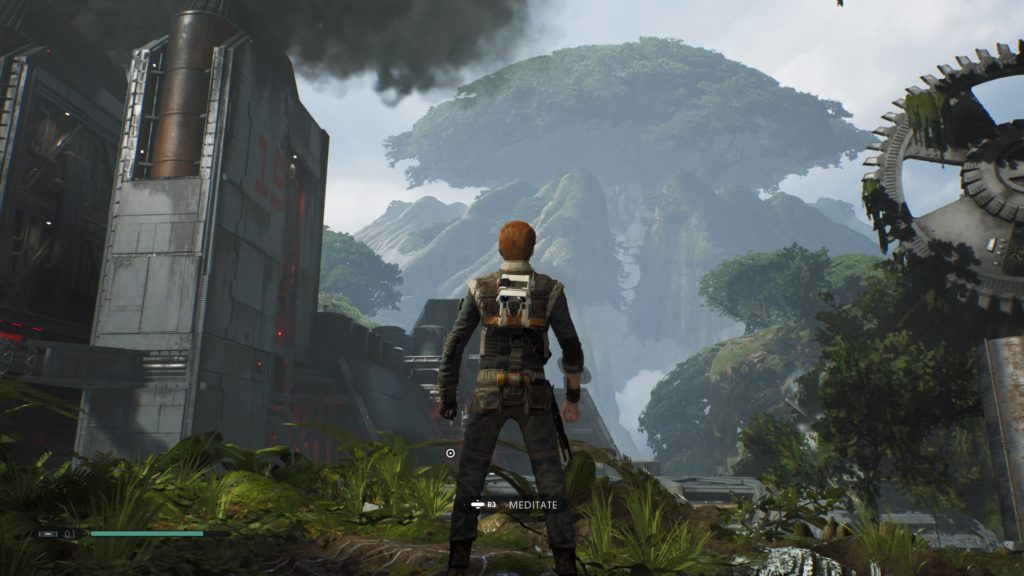
This was definitely a game that I went in expecting the worst, and came out being pleasantly surprised given my history of not really liking the Souls experience. It definitely is a Souls game, but it leans away from the crazy difficulty and crazy combat precision enough to find a balance that I was able to get through in a lot more pleasant way. The set dressing of being a Jedi definitely helped keep me engaged, but I kept coming back for the gameplay. End of the day, this game gives me a bit of hope that there may just be more Souls experiences out there for impatient idiots like me to still play.


